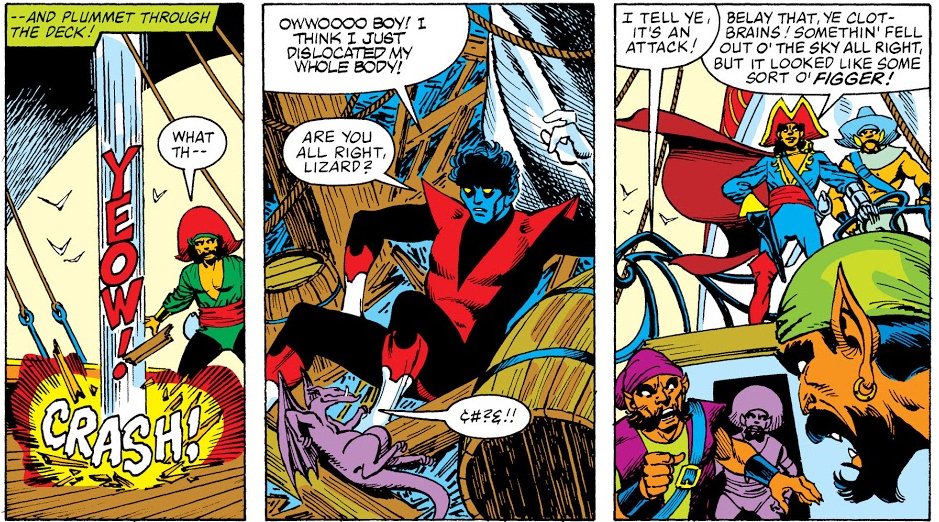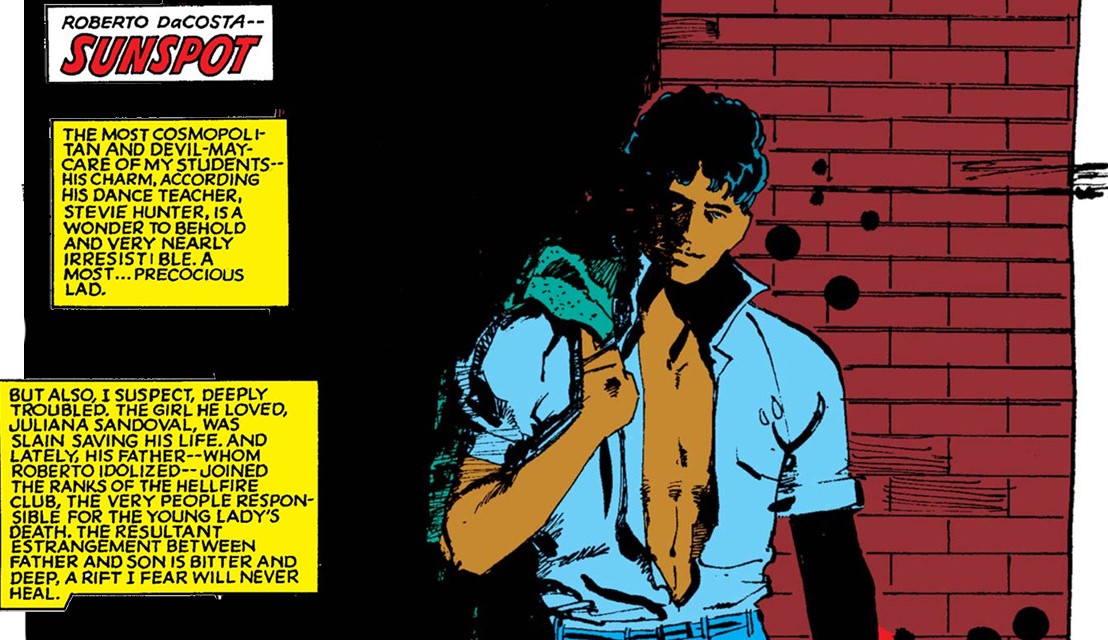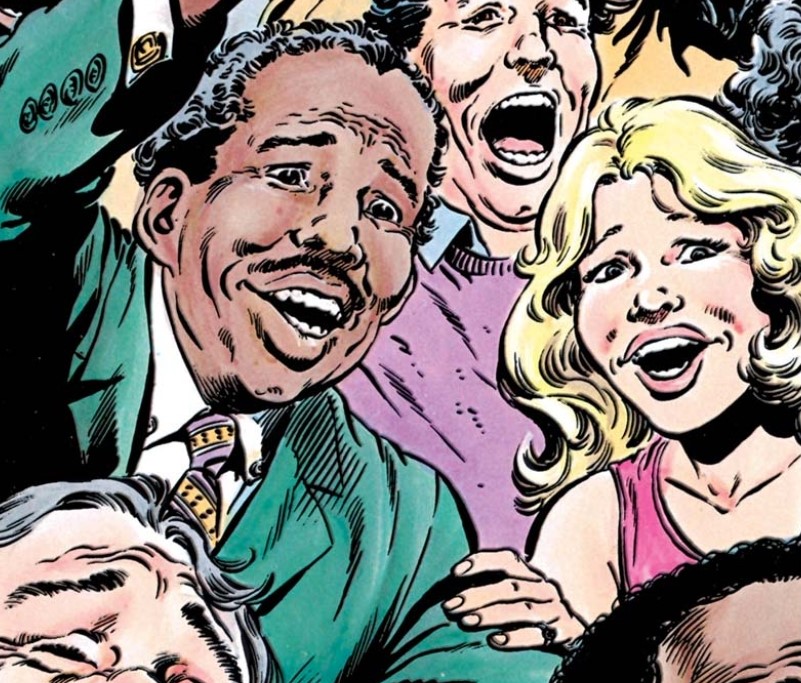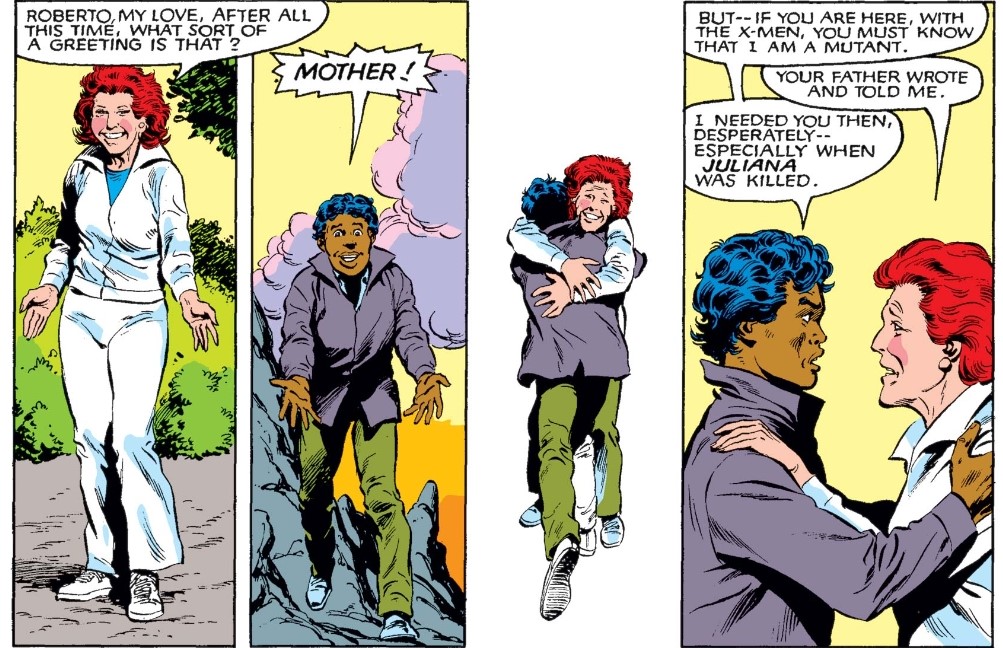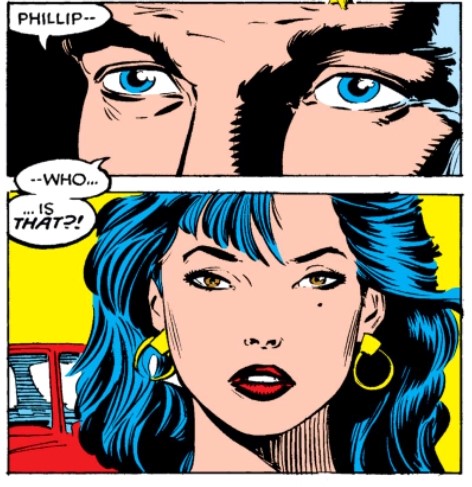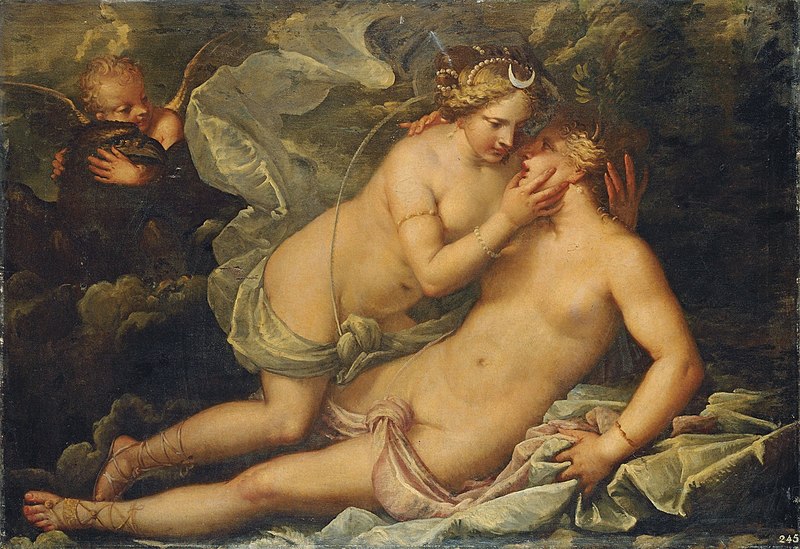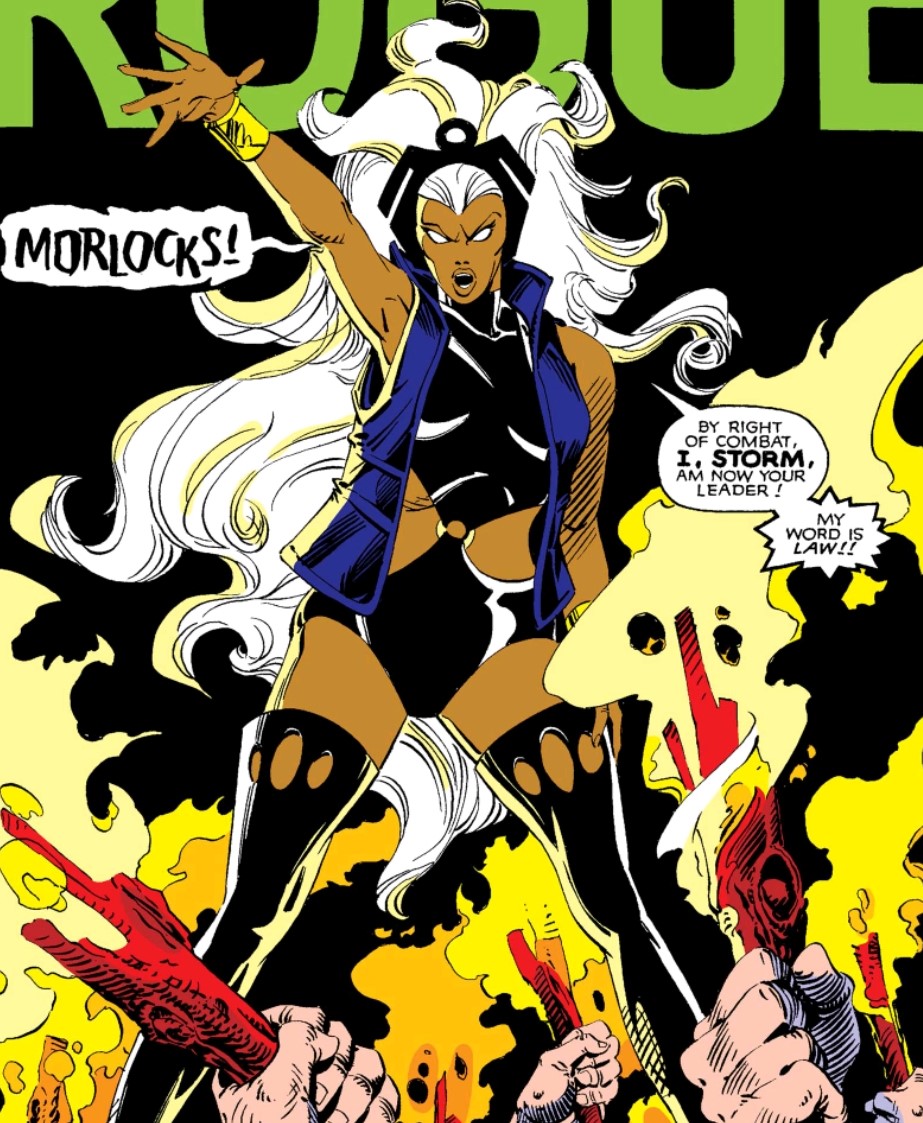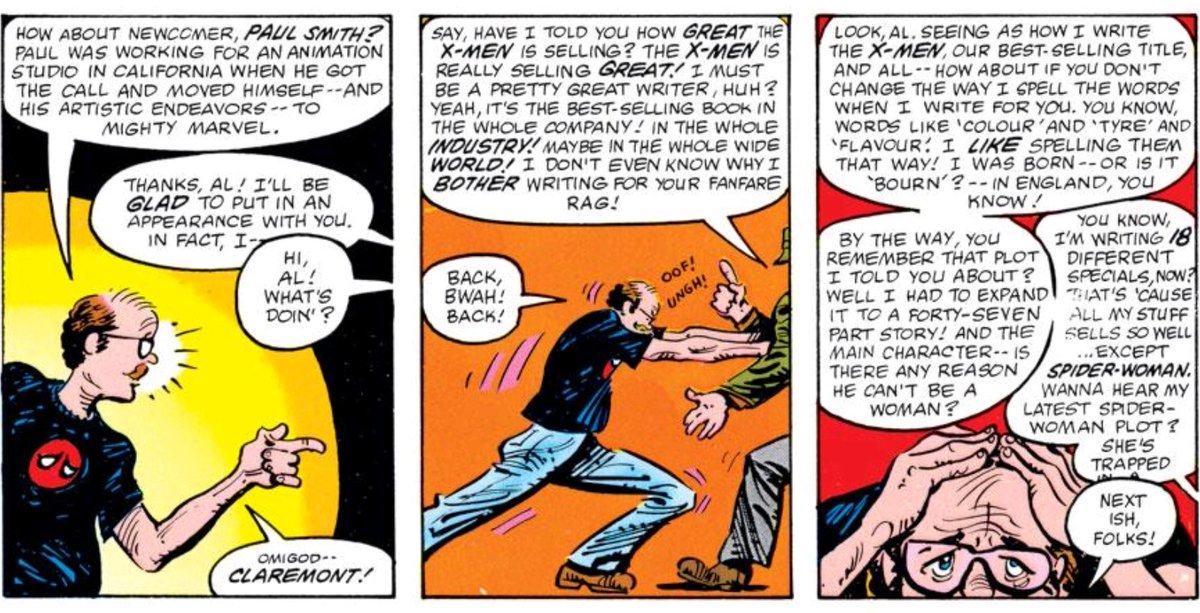
In a 1982 interview Claremont describes his unique portrayal of women in comics as a conscious decision, made under epiphany. The result of this is one of mainstream comics most important and influential experiments in representation. #xmen 1/6 
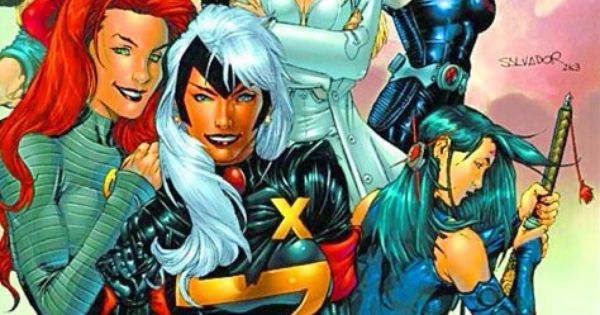
"And in terms of my writing there was a moment I think when I made a conscious decision by looking around seeing how few people were portraying heroic rational sensible women in books and comics. I thought, "I'll fill that vacuum - since no one else is doing it" 2/6 
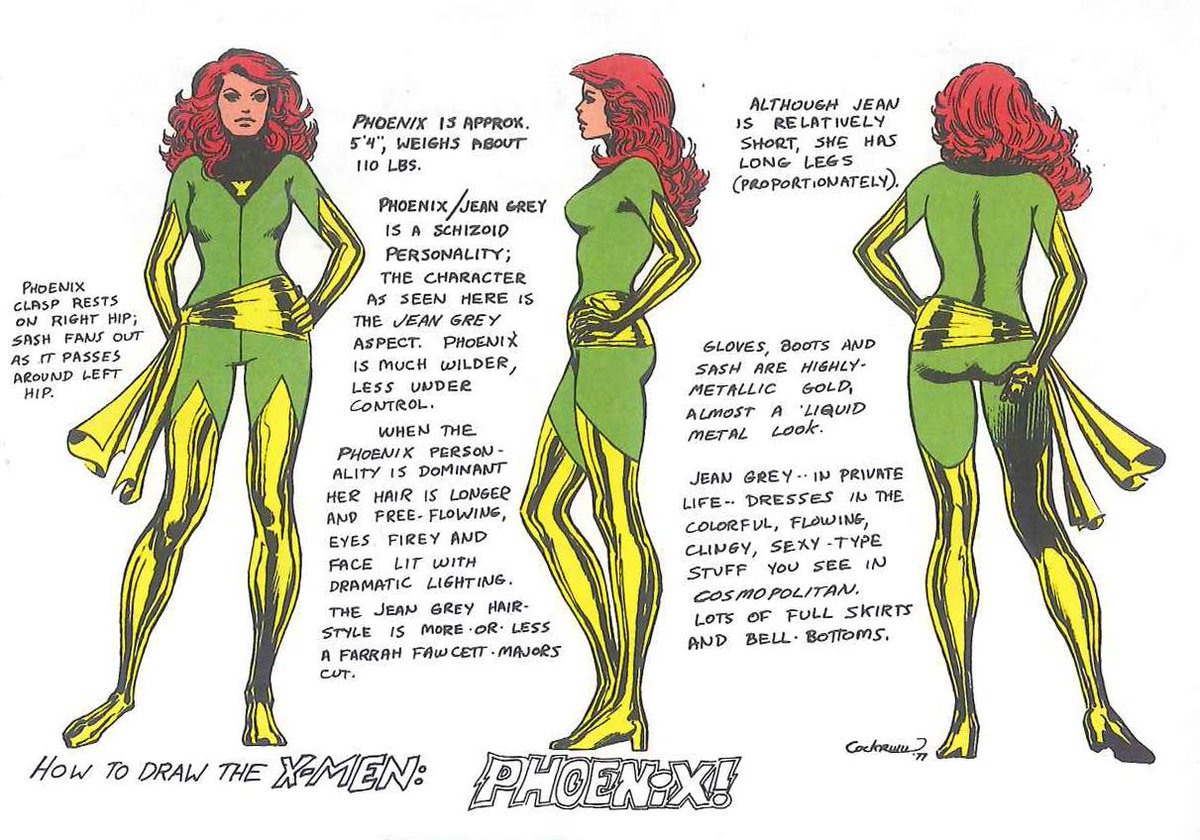
"Because in a sense I wondered in the ultimate kind of fiction, science fiction, could I put myself in the head of this being who was totally unlike me?" 3/6 
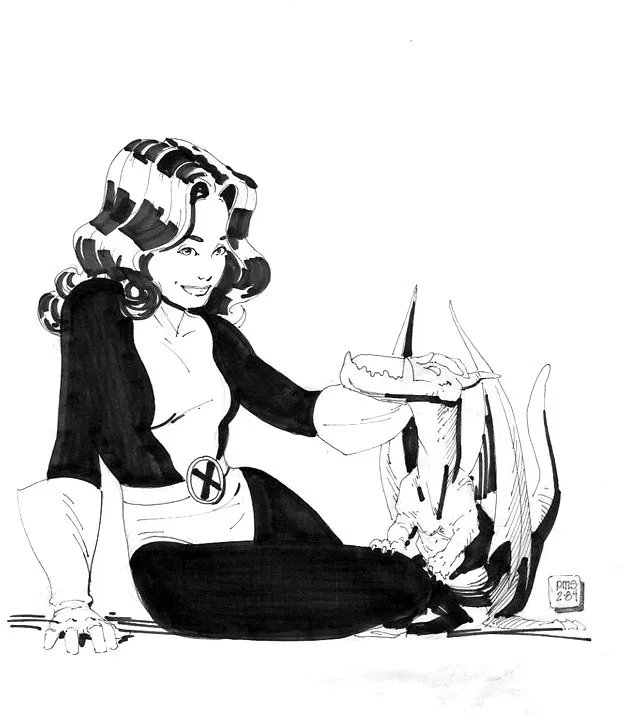
"Women tend to get very short shrift in comics. They are either portrayed as wallflowers or as super-macho insensitive men with different body forms, who almost invariably feel guilty about their lack of femininity." 4/6 

"Can you not have a woman who is ruthless and capable and courageous and articulate and intelligent and all the other buzzwords - heroic when the need arises, and yet feminine and gentle and compassionate, at others?" 5/6 
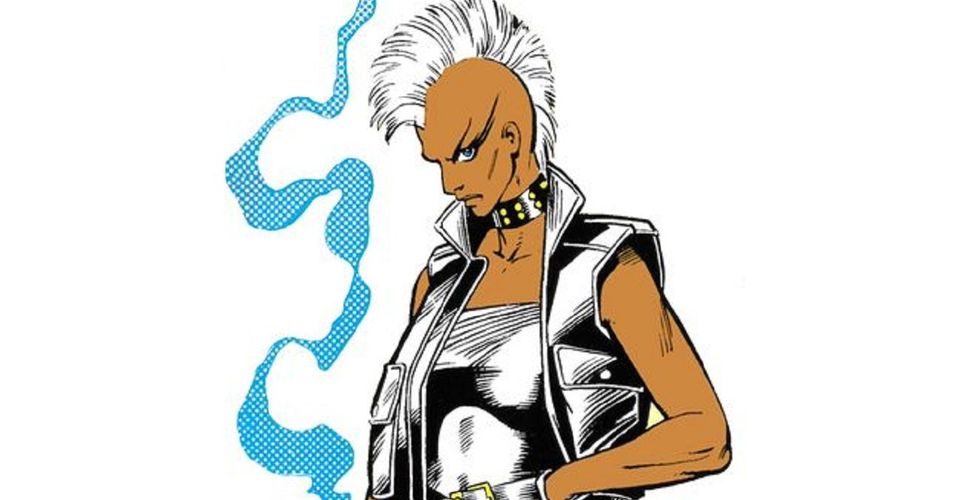
In terms of impact, legendary author Gail Simone (@GailSimone) recently attributed Claremont's work to what she describes as a "sea change" in the representation of gender in comics. 
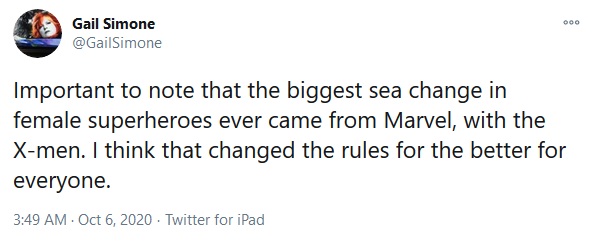
• • •
Missing some Tweet in this thread? You can try to
force a refresh



